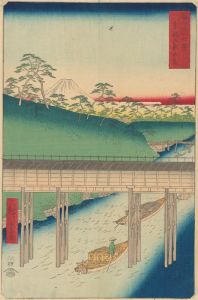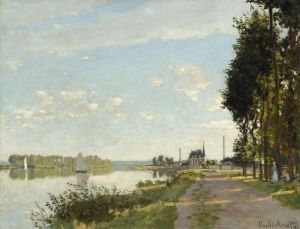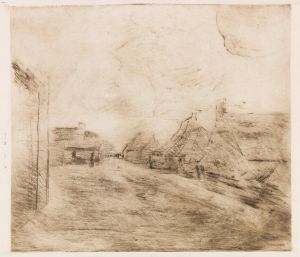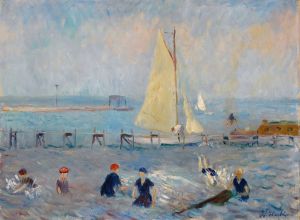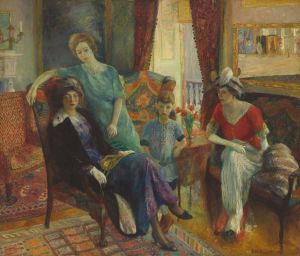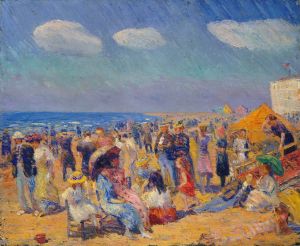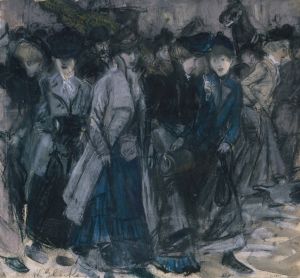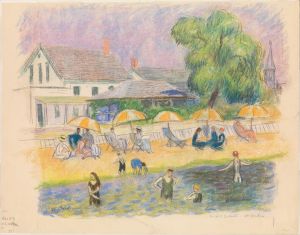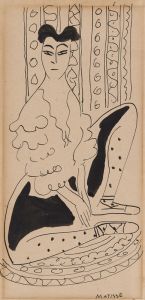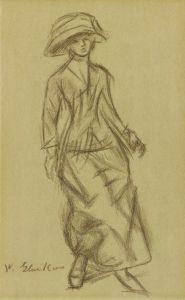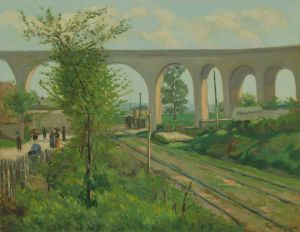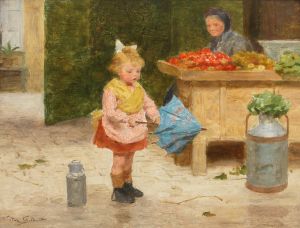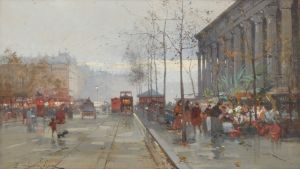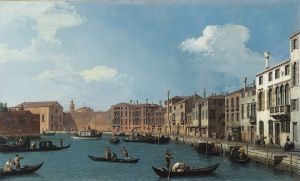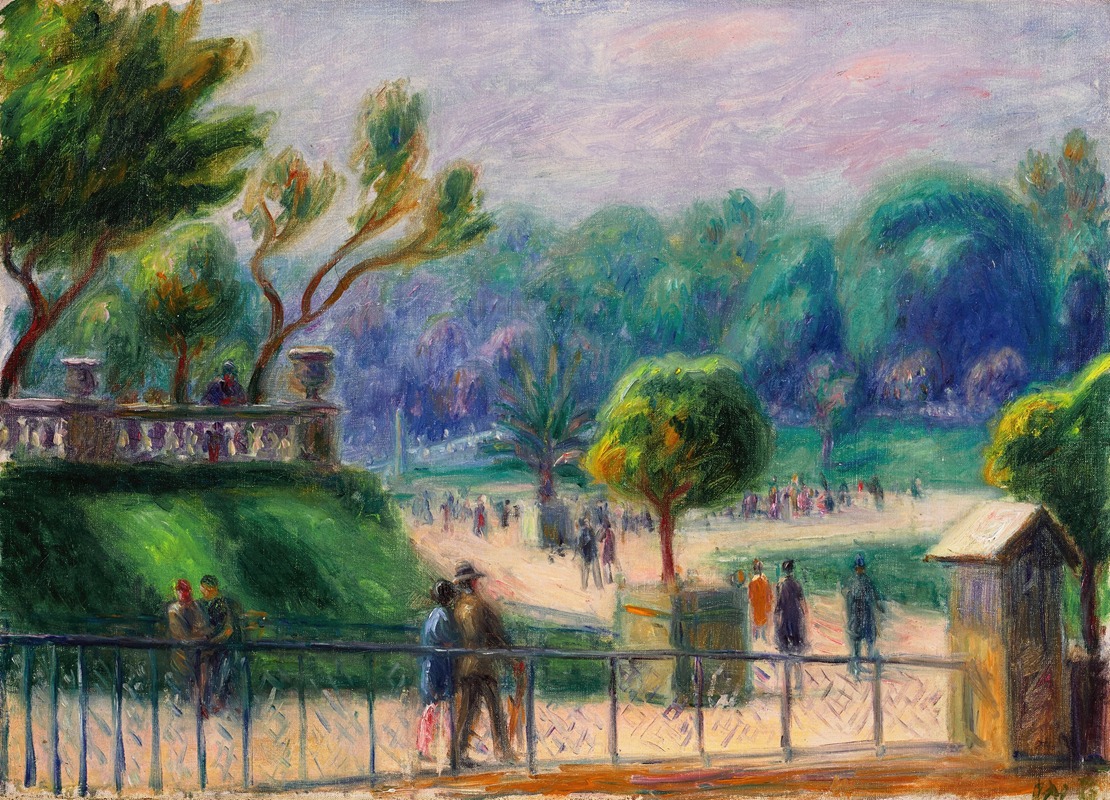
The Balustrade, Luxembourg Gardens
A hand-painted replica of William James Glackens’s masterpiece The Balustrade, Luxembourg Gardens, meticulously crafted by professional artists to capture the true essence of the original. Each piece is created with museum-quality canvas and rare mineral pigments, carefully painted by experienced artists with delicate brushstrokes and rich, layered colors to perfectly recreate the texture of the original artwork. Unlike machine-printed reproductions, this hand-painted version brings the painting to life, infused with the artist’s emotions and skill in every stroke. Whether for personal collection or home decoration, it instantly elevates the artistic atmosphere of any space.
William James Glackens (1870–1938) was an American painter and a prominent member of the Ashcan School, a group of artists known for their depictions of urban life in the early 20th century. Glackens is celebrated for his vibrant use of color and his ability to capture scenes of everyday life with a sense of immediacy and charm. Among his works is The Balustrade, Luxembourg Gardens, a painting that reflects his interest in European settings and his evolving artistic style.
The Balustrade, Luxembourg Gardens depicts a serene scene in the Luxembourg Gardens, a historic public park in Paris, France. The painting showcases Glackens' ability to blend impressionistic techniques with his own unique approach to color and composition. The Luxembourg Gardens, known for their formal landscaping, fountains, and sculptures, served as an inspiration for many artists, and Glackens' interpretation highlights the tranquil beauty of this iconic location.
The painting is characterized by its soft, luminous palette and loose brushwork, which suggest Glackens' admiration for French Impressionism. During his career, Glackens traveled to Europe multiple times, where he was influenced by the works of artists such as Pierre-Auguste Renoir. This influence is evident in The Balustrade, Luxembourg Gardens, particularly in the way Glackens captures the interplay of light and shadow and the relaxed atmosphere of the scene.
While specific details about the creation of The Balustrade, Luxembourg Gardens are limited, it is known that Glackens often painted scenes of leisure and recreation, both in the United States and abroad. His works frequently depict parks, beaches, and other public spaces, emphasizing the joy and beauty of everyday life. This painting fits within that broader theme, offering viewers a glimpse into a peaceful moment in one of Paris' most beloved gardens.
Today, The Balustrade, Luxembourg Gardens is recognized as an example of Glackens' skill in combining American realism with European influences. It reflects his transition from the darker, grittier tones of his earlier Ashcan School works to the brighter, more colorful style that defined his later career. The painting is part of Glackens' broader legacy as an artist who bridged the gap between American and European art traditions in the early 20th century.
Further details about the painting's current location or provenance are not readily available.





